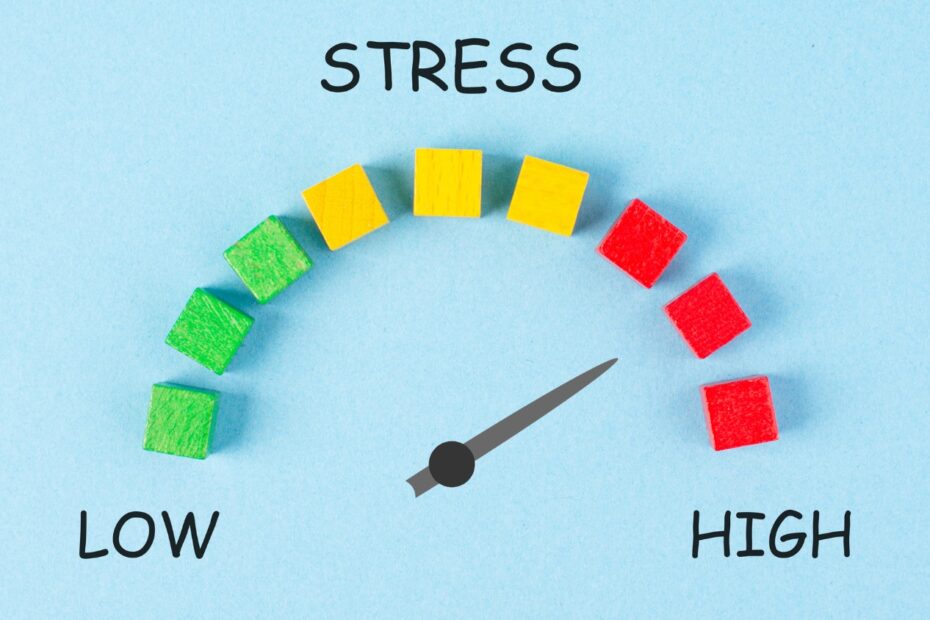Stress is one of the most common issues people face in today’s fast-paced world, and yet, it’s often misunderstood or brushed aside. Chronic stress doesn’t just make you feel overwhelmed it can quietly wreak havoc on your body, mood, and even your immune system. But here’s the good news: managing stress doesn’t have to be complicated. You don’t need fancy gadgets or a private island getaway. What you do need are effective tools grounded in awareness, nature, and simple daily practices.
Here are 10 powerful points for managing stress – naturally, holistically, and in ways that work.
1. Breathe Intentionally
Stress makes us breathe shallowly – often without realising it. Deep, intentional breathing activates the parasympathetic nervous system (your body’s “calm down” switch). Try this: inhale slowly for 4 counts, hold for 4, exhale for 6. Repeat for a few minutes.
“Breath is the bridge which connects life to consciousness.” – Thich Nhat Hanh
2. Touch the Earth (Literally)
Grounding, also called “earthing,” is the act of walking barefoot on soil, grass, or sand. This direct contact with nature has been shown to reduce inflammation, balance cortisol, and calm the nervous system[^1].
3. Cut the Noise
Digital noise is real and draining. Your phone, social media, and notifications keep your brain in a state of alert. Create a “quiet hour” each day – no screens, no demands, just silence or soft music. Allow your mind to exhale.
4. Nourish with Purpose
Stress increases your body’s demand for nutrients – especially magnesium, B vitamins, and antioxidants[^2]. Eat whole, plant-based meals rich in leafy greens, avocados, walnuts, and herbal teas like chamomile or passionflower[^3].
Bonus: Try herbs like ashwagandha, hops, linden, or burdock root to support the adrenals and nervous system.
5. Move with Meaning
Not all movement reduces stress – but mindful movement does. Think walking, stretching, dancing, or tai chi. These increase feel-good endorphins and move stuck emotional energy out of the body[^4].
6. Say “No” Without Guilt
Overcommitting is a stress magnet. Practice saying “no” to protect your peace. If something drains you more than it fuels you, it’s okay to let it go. Setting boundaries isn’t selfish, it’s self-preservation[^5].
7. Create a Daily Ritual
Rituals anchor you. Whether it’s journaling in the morning, lighting incense in the evening, or taking a herbal bath every Friday, a consistent practice gives you something to look forward to and reminds your body that you are safe[^6].
8. Embrace the Healing Power of Water
Water is one of the most underrated stress relievers. A warm bath, a foot soak, or even drinking enough clean spring water throughout the day helps flush stress hormones and reset your system[^7].
9. Speak Kindly to Yourself
Inner dialogue shapes your outer experience. Replace “I can’t handle this” with “I will get through this.” Speak to yourself like you would to a loved one in pain. Kindness, especially self-kindness, reduces anxiety and builds resilience[^8].
10. Remember – You’re Not Alone
Stress thrives in isolation. Reach out. Talk to a friend, a spiritual guide, or a therapist. Human connection is medicine. And sometimes, simply being heard can help the heaviness melt away[^9].
Final Thoughts
Stress is part of life – but suffering doesn’t have to be. By grounding yourself in these 10 simple points, you begin to shift from overwhelm to empowerment. Don’t wait for the perfect moment to feel peace. Start where you are, with what you have, and create your calm – one breath, one boundary, one barefoot step at a time.
References:
[^1]: Chevalier, G., Sinatra, S. T., & Oschman, J. L. (2012). Earthing: Health implications of reconnecting the human body to the Earth’s surface electrons. Journal of Environmental and Public Health, 2012, 291541. https://doi.org/10.1155/2012/291541
[^2]: Kennedy, D. O. (2016). B vitamins and the brain: mechanisms, dose and efficacy-A review. Nutrients, 8(2), 68. https://doi.org/10.3390/nu8020068
[^3]: Amsterdam, J. D., Li, Y., Soeller, I., Rockwell, K., Mao, J. J., & Shults, J. (2009). A randomized, double-blind, placebo-controlled trial of oral Matricaria recutita (chamomile) extract therapy for generalized anxiety disorder. Journal of Clinical Psychopharmacology, 29(4), 378-382.
[^4]: Salmon, P., Lush, E., Jablonski, M., & Sephton, S. E. (2009). Yoga and mindfulness: clinical aspects of an ancient mind/body practice. Cognitive and Behavioral Practice, 16(1), 59-72.
[^5]: Linehan, M. M. (2014). DBT® Skills Training Manual. Guilford Publications.
[^6]: Valliant, G. (2008). Spiritual evolution: A scientific defense of faith. Broadway Books.
[^7]: Roussell, M. A., & Kris-Etherton, P. M. (2010). Water, hydration, and health. Nutrition Reviews, 68(8), 439-458.
[^8]: Neff, K. D., & Germer, C. K. (2013). A pilot study and randomized controlled trial of the mindful self‐compassion program. Journal of Clinical Psychology, 69(1), 28-44.
[^9]: Uchino, B. N. (2006). Social support and health: A review of physiological processes potentially underlying links to disease outcomes. Journal of Behavioral Medicine, 29(4), 377–387.
This article is copyrighted by Ital is Vital, 2025. Want to re-post this article? Visit our guidelines.
DISCLAIMER: THIS WEBSITE DOES NOT PROVIDE MEDICAL ADVICE
The information, including but not limited to, text, graphics, images and other material contained on this website are for informational purposes only. The purpose of this website is to promote broad consumer understanding and knowledge of various health topics. It is not intended to be a substitute for professional medical advice, diagnosis or treatment. Always seek the advice of your physician or other qualified health care provider with any questions you may have regarding a medical condition or treatment and before undertaking a new health care regimen, and never disregard professional medical advice or delay in seeking it because of something you have read on this website.
